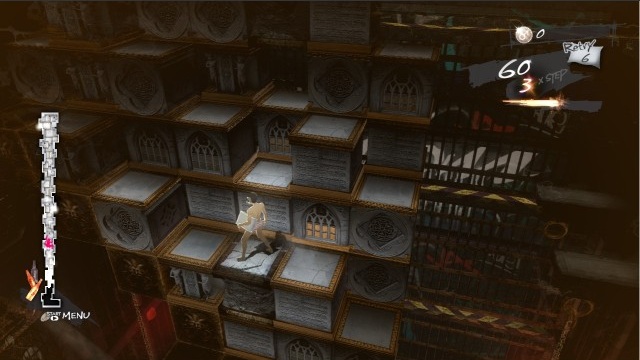"You think if Catherine lives, you won't wake up in the dark ever again to that awful screaming of the lambs." ~ Hannibal Lecter
Serendipitously, I have been playing Catherine while reading the contemporary novel A Personal Matter by KenzaburÅ ÅŒe, winner of the 1994 Nobel Peace Prize for Literature. The comparison between the book and the video…
-
Challenging block puzzles
-
Mature, provocative, dark story
-
...that could be better integrated
-
Branching paths, multiple endings
-
Excellent cel-shaded graphics
-
Contemporary
-
Some control issues











